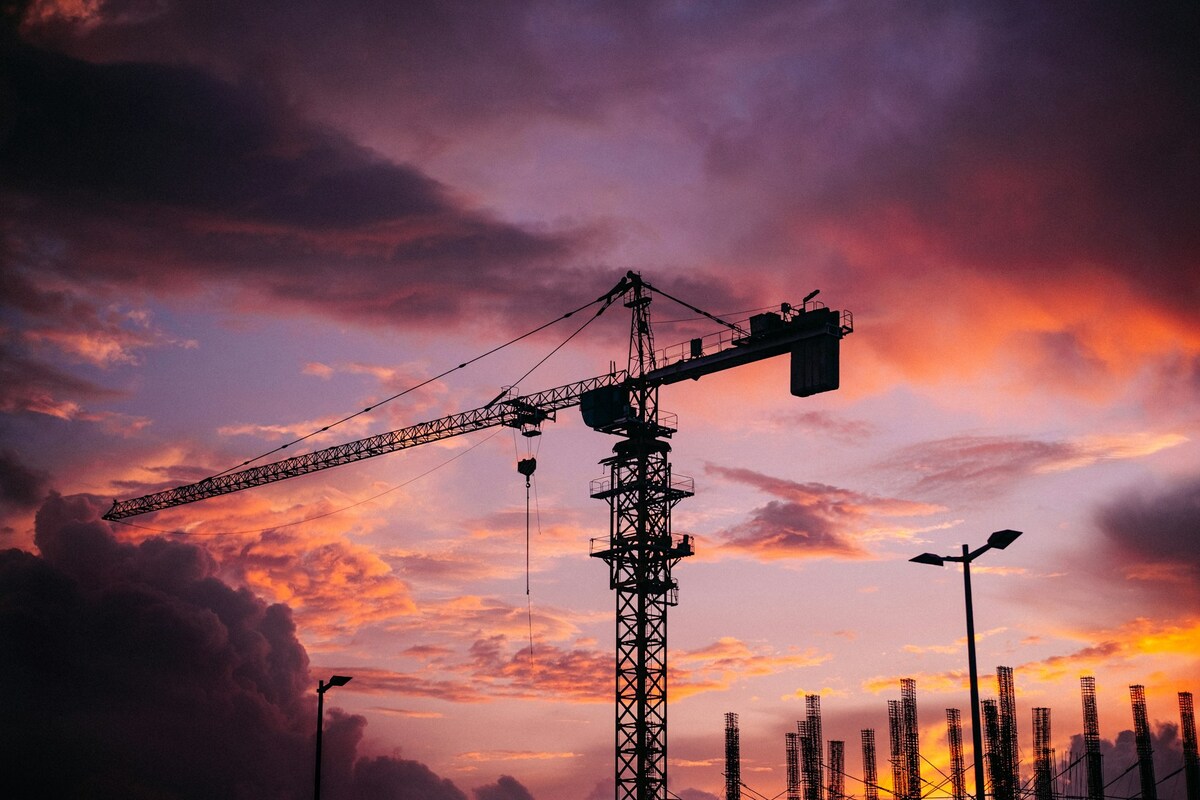It is no secret that construction is among the largest industrial emitters. While it has set ambitious sustainability goals to reduce its impact, these ambitions will remain just that, without exact measurements. This is where carbon calibration is essential. It is the rigorous process of verifying carbon data to close the gap between estimates and reality, ensuring that decarbonization efforts are credible, measurable and truly effective.
The Case for Carbon Calibration
More people are becoming aware of the concept of embodied carbon. In a 2021 report, 82% of respondents were awareof it, 34% were tracking it and 22% were actively working to reduce it. However, 36% of respondents reported not tracking it at all.
Without calibration, there is little difference between awareness and action. Incorrect readings or assumptions can make the figures unreliable, potentially allowing a project to be branded as green even if it is not. In other words, professionals may be attempting to reduce CO2 emissions, but if their data inputs are erroneous, the impact is minimal.
Such inaccuracies can create major reporting and compliance problems, particularly as disclosure becomes mandatory. For example, all EU member states will be required to document embedded and use-related emissions starting in 2028. A risk-based calibration approach prioritizes verification in areas where errors are most likely and costly, such as bulk material sourcing, energy modeling and on-site operations.
Embodied carbon accounts for more than half of total emissions in a new energy-efficient building. Meanwhile, operational carbon — arising from heating, cooling and power use — makes up the remainder. Both require carefully calibrated measurement systems because misaligned tools or outdated data can skew results and jeopardize certifications like Zero Energy Ready Homes, Green Star SA and LEED.

Choosing Low-Carbon Materials and Equipment
The precision of footprint accounting extends to material selection. Concrete and steel remain the largest contributors to embodied carbon, responsible for around 16% of global industrial emissions.
Replacing or supplementing them with low-carbon alternatives, like geopolymer concrete, timber composites and recycled steel, requires assurance that performance metrics are calculated correctly. Load testers, compression machines and curing temperature sensors must all be calibrated to certified standards to prevent misjudgment of emissions. Calibrating construction machinery reduces unnecessary fuel burn and ensures optimal power draw.
For electrically powered equipment, calibration helps validate voltage and amperage readings, which are critical for accurate energy modeling. Aligning these metrics supports predictive maintenance programs that minimize downtime and emission-intensive rework.
Implementing Accurate Sensors and Real-Time Carbon Tracking
Carbon sensors used for continuous monitoring must be calibrated to maintain traceable accuracy themselves. Misalignment can lead to false positives or undisclosed emissions, both of which affect the validity of green certifications and investor confidence. Many manufacturers omit a suggested recalibration schedule, as the best practice would depend on environmental exposure.
Smart meters and digital monitoring systems further refine operational carbon estimates by capturing energy mix data. When paired with calibrated sensors, these systems help distinguish between renewable and fossil-based consumption, producing more transparent pollution profiles. Real-time monitoring also helps reduce active emissions that hide amidst buzzing appliances, which slowly and actively drain power.

Calibrating for Compliance and Long-Term Value
New York State’s Executive Order 22, issued in 2021, directs state agencies to reduce embodied carbon in common construction materials, calculate project footprint and report on the emissions of new building projects. Noncompliance with such directives can lead to legal and financial repercussions.
A risk-based calibration strategy aligns environmental goals with regulatory compliance and long-term asset value. Increasingly, financial institutions favor verified carbon reporting when assessing green construction loans or mortgage rates. Builders that demonstrate data integrity strengthen their brand and also prevent greenwashing claims and future footprint taxation.
Carbon calibration also supports adaptive reuse and retrofit projects. By maintaining verified baselines of embedded emissions, teams can better forecast the power savings of material reuse versus demolition and rebuild scenarios. The transparency gained from bona fide reporting accelerates approval for sustainability grants and green certification pathways.
Close the Carbon Gap Through Precision
Accurate figures are critical to low-impact construction, as each material, process and completed structure must be calculated to ensure it meets the label of a green building. Without calibration, every carbon estimate carries uncertainty and may not be distinguishable from that of another building without such efforts. Establishing a risk-based calibration framework — spanning equipment, sensors and material assessments — anchors every sustainability initiative to measurable truth.
Builders and developers seeking to refine their measurement strategy should audit current calibration practices and align them with project risk profiles. Without credibility, ecofriendliness is just another claim.











